shot of needle dragonfly and stink bug // tiro de la libélula de la aguja y el insecto apestoso (ENG/ESP) @hectorher
Its natural habitat is in the vicinity of lakes, puddles, rivers and swampy lands, since its nymphs are aquatic. Dragonflies do not bite humans and are valuable predators, controlling populations of flies and mosquitoes, some of which carry diseases such as dengue fever.
Su hábitat natural se encuentra en las cercanías de lagos, charcos, ríos y tierras pantanosas, ya que sus ninfas son acuáticas. Las libélulas no pican a los humanos y son valiosos depredadores, ya que controlan las poblaciones de moscas y mosquitos, algunos de los cuales transmiten enfermedades como el dengue.
this time I show you the needle dragonfly in 2 different colors. the needle dragonfly has many differences from the ordinary dragonfly. with smaller eyes, smaller bodies, and a flight that was neither high nor fast. then I performed the Walang Sangit.
esta vez les muestro la libélula aguja en 2 colores diferentes. la libélula aguja tiene muchas diferencias con respecto a la libélula ordinaria. de ojos más pequeños, cuerpos más pequeños y un vuelo que no era ni alto ni rápido. luego interpreté el Walang Sangit.
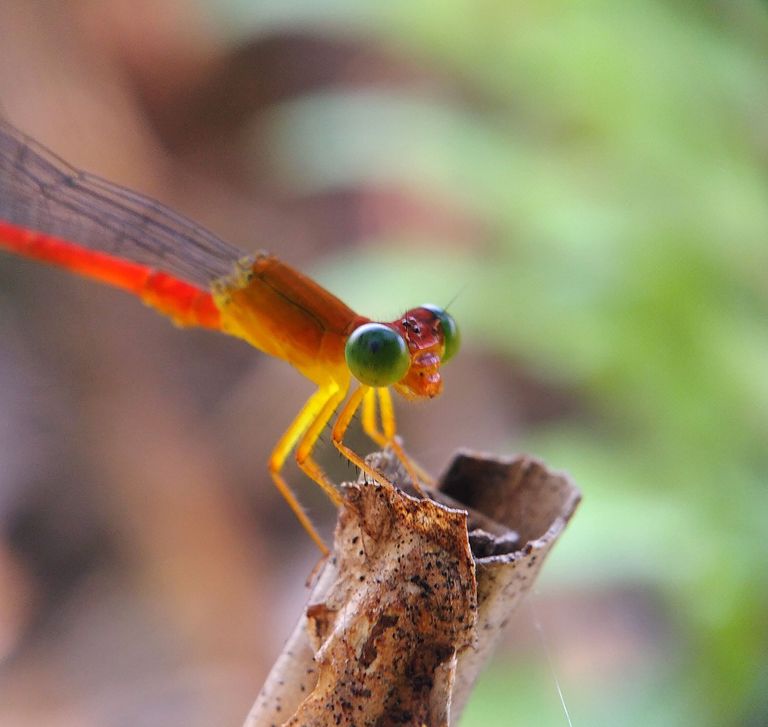
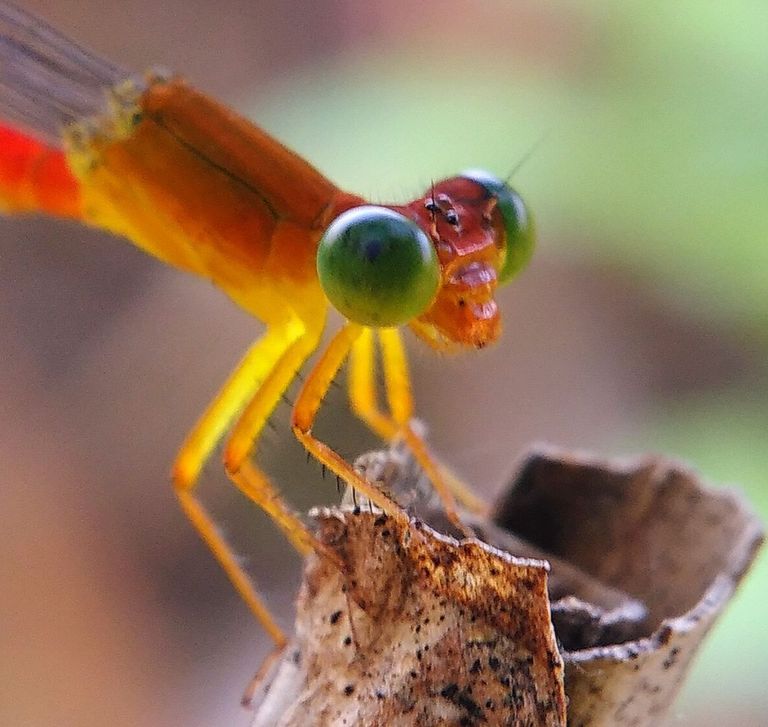
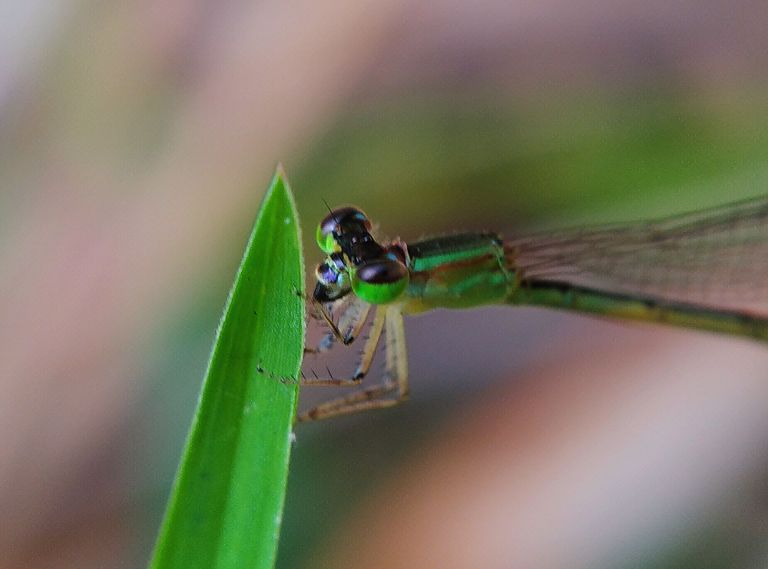
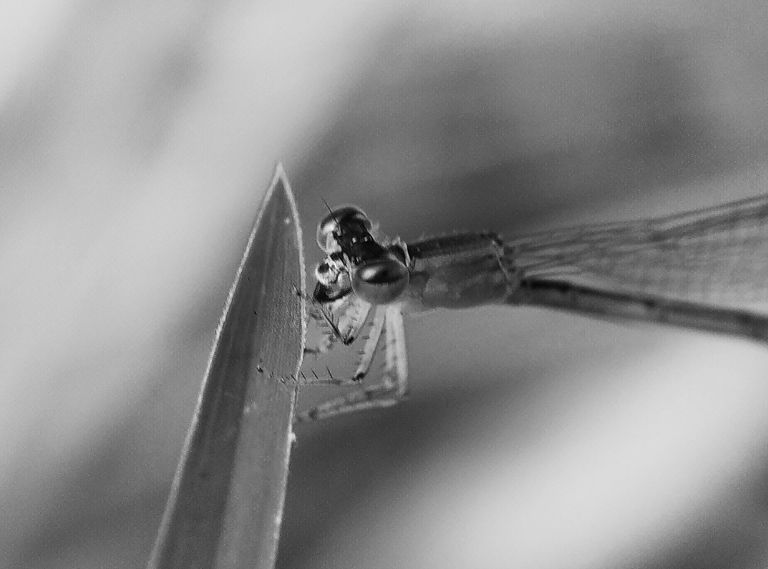
this is a type of stink bug. its main food is vegetable fluids. as a liquid in rice and other vegetable fluids. I took this photo with a Sony 25mm macro lens. I hope you like this photo session that I show you.
este es un tipo de chinche apestoso. su principal alimento son los fluidos vegetales. como líquido en arroz y otros fluidos vegetales. Tomé esta foto con una lente macro Sony de 25 mm. Espero que os guste esta sesión de fotos que os enseño.
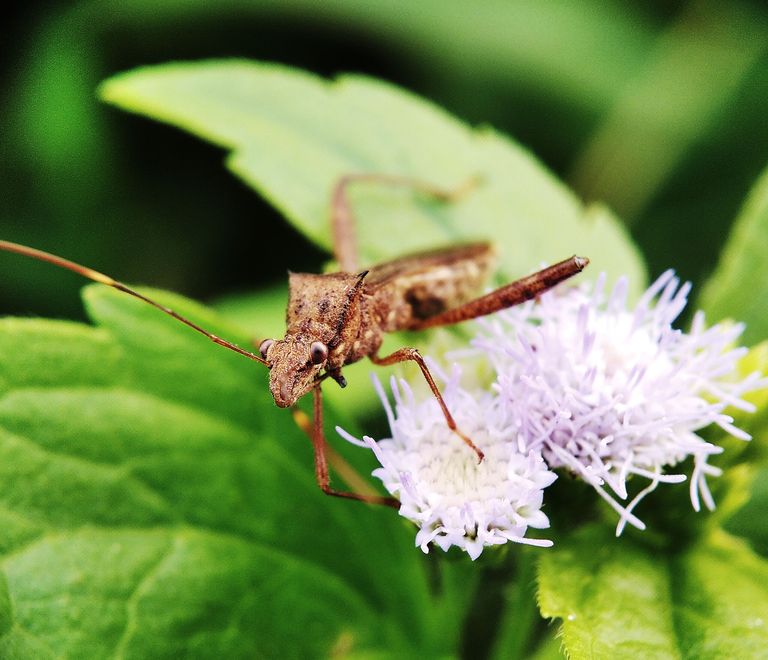
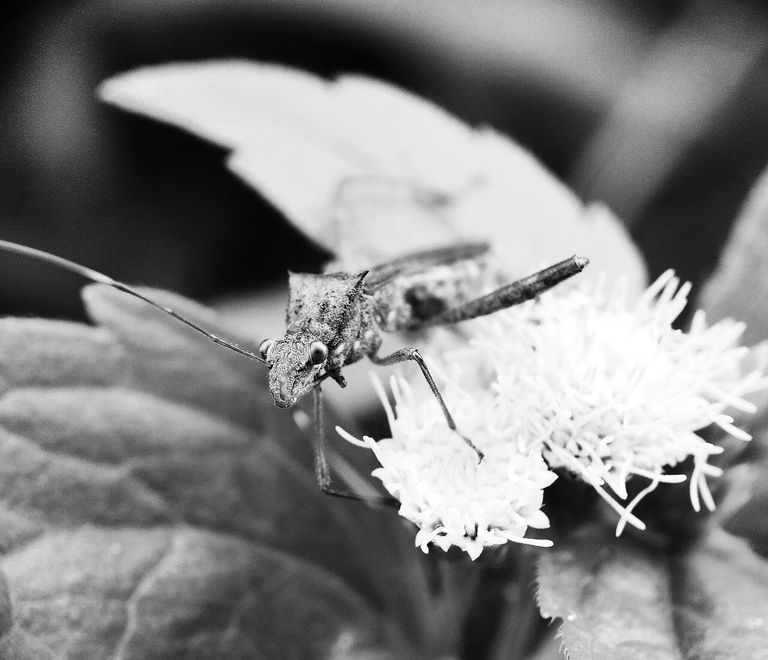
0
0
0.000
Cool!
Beautiful images. Photography itself is an art, calculating the speed and direction of the dragonfly in order to get a beautiful image. Good job.